NASA Astronomy Picture of the Day 15 February 2023: Beautiful Airglow over France
NASA's Astronomy Picture of the Day is a mesmerizing snapshot of the Airglow phenomenon captured over the skies of France.
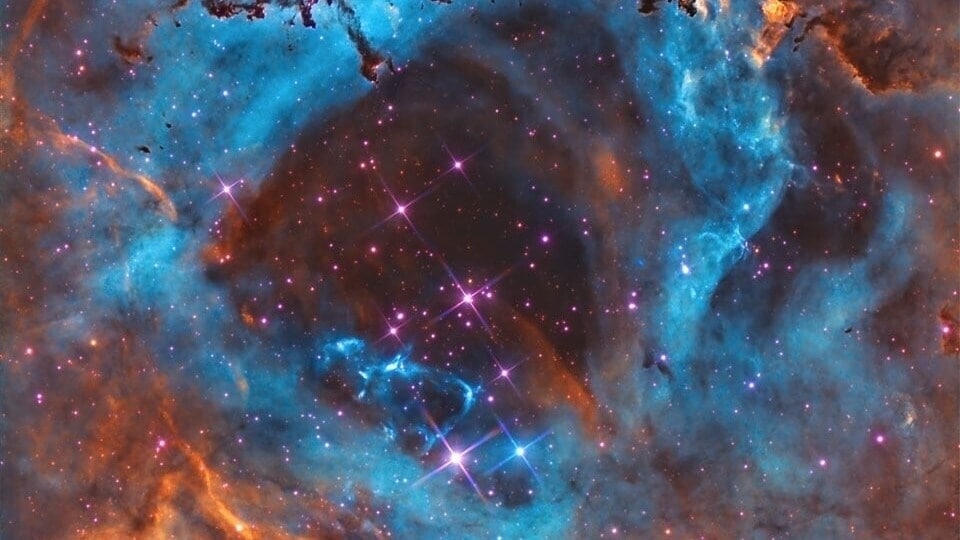
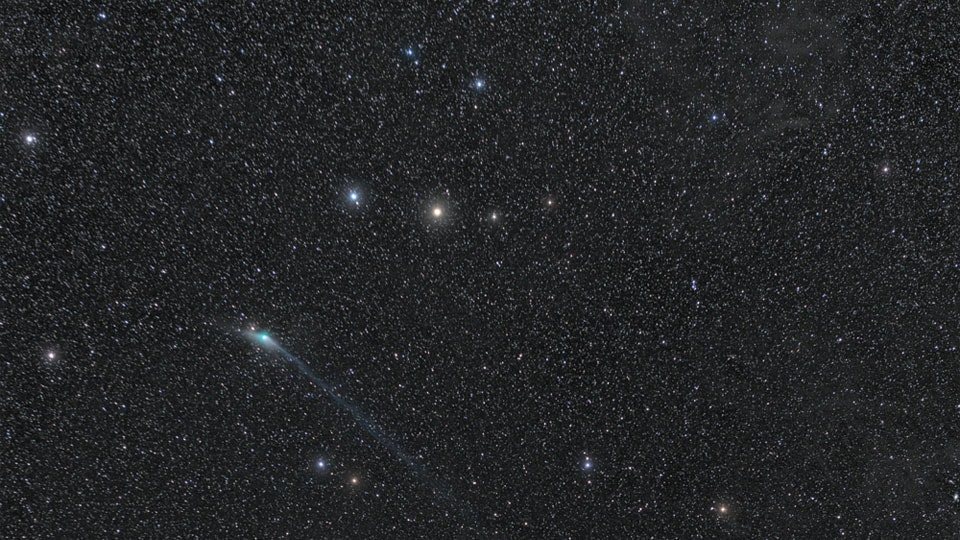
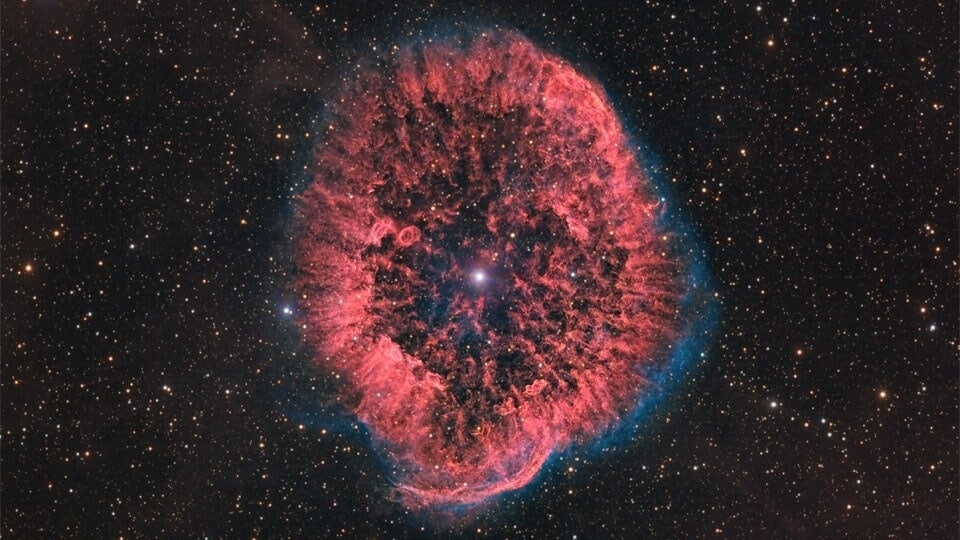
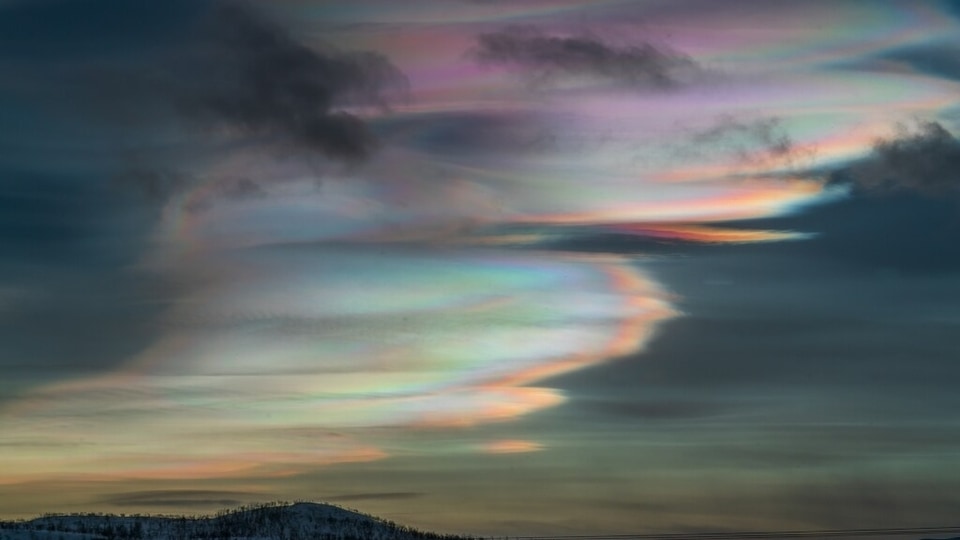
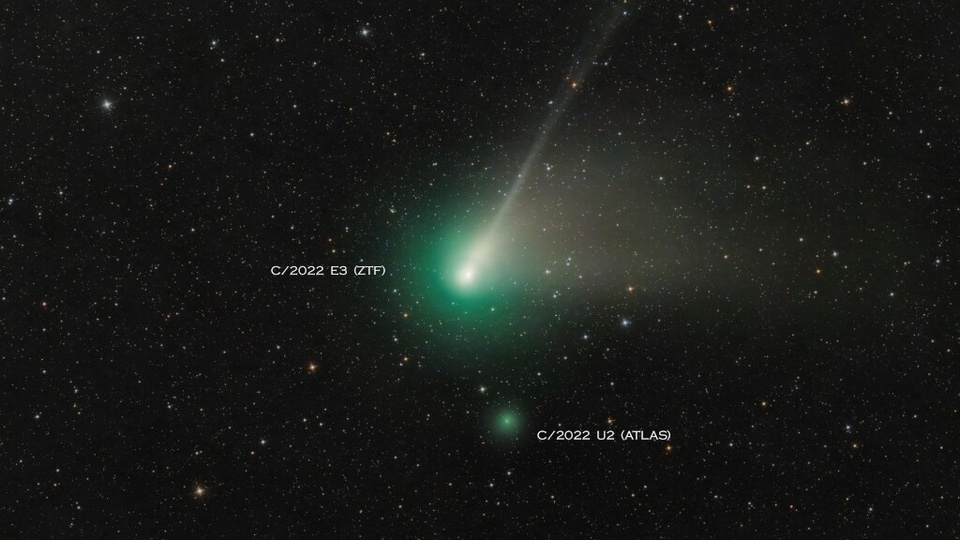
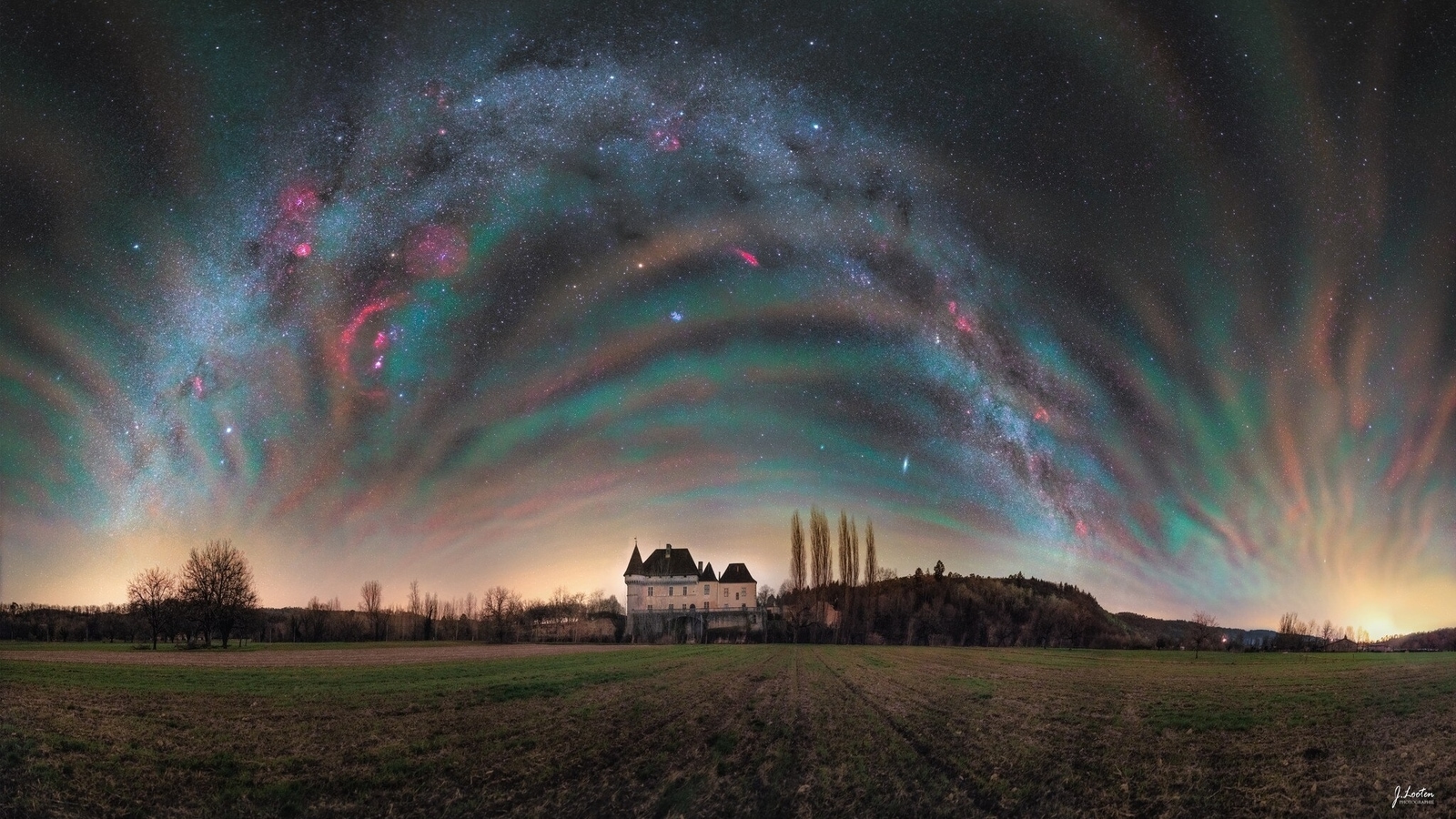
 View all Images
View all ImagesAuroras are one of the most visually stunning sky phenomena visible on Earth with naked eyes. The solar particles released during interaction of a solar storm with Earth's magnetic field further interact with the various gases present in our atmosphere and form stunning Auroras. However, auroras are not the only visually-pleasing sky phenomena. One other phenomenon takes place, but it is much rarer than auroras. It is known as Airglow.
According to NASA, Airglow is a type of chemiluminescence from chemical interactions between oxygen, nitrogen, and other molecules in the upper atmosphere. It occurs in the form of dayglow and nightglow. Nightglow is more easily visible during the dark as airglow is just one billionth as bright as our Sun.
NASA's Astronomy Picture of the Day is a stunning picture of Airglow in the skies over Chateau de Losse in southwest France. It wasn't just airglow that was visible. Various celestial objects were also seen, including Orion Nebula, California Nebula, Andromeda Galaxy, Mars, Sirius, Pleiades Star Cluster and the Milky Way Galaxy. The picture was captured by French astrophotographer Julien Looten.
NASA's description of the picture
This unusual sky was both familiar and unfamiliar. The photographer's mission was to capture the arch of the familiar central band of our Milky Way Galaxy over a picturesque medieval manor. The surprise was that on this January evening, the foreground sky was found glowing in a beautiful but unfamiliar manner. The striped bands are called airglow and they result from air high in Earth's atmosphere being excited by the Sun's light and emitting a faint light of its own.
The bands cross the entire sky -- their curved appearance is due to the extremely wide angle of the camera lens. In the foreground lies Château de Losse in southwest France. Other familiar sky delights dot the distant background including the bright white star Sirius, the orange planet Mars, the blue Pleiades star cluster, the red California Nebula, and, on the far right, the extended Andromeda Galaxy. The initial mission was also successful: across the top of the frame is the arching band of our Milky Way.
Catch all the Latest Tech News, Mobile News, Laptop News, Gaming news, Wearables News , How To News, also keep up with us on Whatsapp channel,Twitter, Facebook, Google News, and Instagram. For our latest videos, subscribe to our YouTube channel.





























